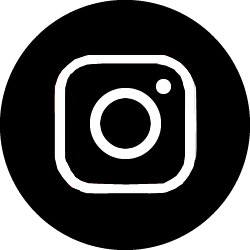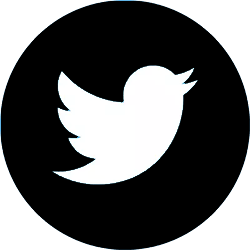The legend of Ravana in ancient Sri Lanka, renowned as the most powerful emperor in the region, is inextricably woven around the origins of indigenous systems of medicine of Sri Lanka.
The history of Sri Lanka is documented in two chronicles in ancient scripts of Sanskrit and Pali called the Mahavamsa and Chulavamsa, recount the journey of traditional medicine though out history.
The chronicles refer to the royal patronage and custodianship rendered by the Sri Lankan kings for healthcare through traditional medicine.
Plant species endemic to the country have been used in traditional medicine throughout the centuries. The country’s biodiversity and its natural rain forest Sinharaja, listed as a world heritage site and other natural habitats in all parts of the country shelter a critical range of medicinal plants, which are not totally exposed to scientific validation but used in traditional medicine.
In traditional ayurveda practice, the medical knowledge was preserved within the family and passed on from one generation to the next by personally teaching the science to the new generation. It was not documented and therefore the knowledge was not disseminated to anyone else outside the family.
Evidence of advancements in medical science and the concept of hospitals and surgery are documented in the chronicles and refer to revered monks and famous kings who practiced this ancient medicine.
The concept of hospital where a number of patients could be collectively housed in special centers with the attendant advantages to the sick was recognized as early as the fourth century BC during the reign of King Pandukabhaya (294 - 307 AD).
Existence of the first hospital in the city of Mihintale on a ninth century BC site, described as being perhaps the oldest hospital in the world, has been verified archeologically.
The practice of medicine in ancient times was a highly respected profession and the art of healing was practiced by kings, like King Buddhadasa, a noble physician with expertise in internal medicine, surgery and midwifery as recorded in the chronicles. A famous story recorded in Mahavamsa elaborates how this royal physician performed a cephelotomy (a brain surgery by opening the skull) to cure a person suffering from severe headache due to cerebral cyst (Probably a cyst of teniaechinococus larvae). In another story this royal surgeon cured a person suffering from acute abdomen pain caused by an abscess. He was the first medical writer in Sri Lanka, who composed a well-known medical text called “SararthaSangraha” in Sanskrit. King Buddhadasa was reputed for appointing physicians to every village and extending healthcare through traditional medicine.
Sri Lankan tradition of indigenous medicine consisting of well-preserved literary sources with some great texts and personal manuscripts is an invaluable national treasure trove of knowledge. The non-formal knowledge base in traditional medicine in Sri Lanka is called ParamparikaVedakama or DeshiyaChikitsa, which is inherited indigenous knowledge in this country. Sometimes it is known as HelaVedakama or Sinhala Vedakama which articulates its ethnological origin parallel to the evolution of community-based healing system. Over thousands of years, this knowledge system had thrived within the territory of Sri Lanka nurtured by various cultural values and norms. This has three major sources like written, oral and practice. These written sources are originally embedded in palm-leaf manuscripts which are several centuries old.






